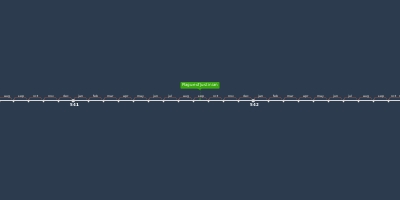jan 1, 1876 - Pytophthora
Description:
Phytophthora Infestans (late blight) is a fungus that infects plants on their surface and sucks out the nutrients through a “straw” called hyphae until the plant dies. The fungus is found in tubers and can be carried by wind to other crops. They can be infected via airborne spores, infected storage facilities, and soil. It infects various plants, most significantly tomatoes and potatoes. Crops are most at risk in the early fall and when weather is in the 60s to low 70s. Wet weather, especially rain and fog help the fungus spread. Black or brown spots appear on the leaves and stems of the plants followed by white growth around the outside of the lesions. The plant will eventually die, often in only a number of days, from the lesions. In tubers the process is similar but the infection is located in the “eyes”. Fungicide can be used to prevent infections, but can’t stop an infection if it’s already started. There are various fungicides and chemicals available for purchase that can help to treat infected plants. You can use fungicide preventatively on plants. Plant your crops where there is good drainage, plant potatoes by “hilling”, ensure crops are well irrigated, regularly check crops for signs of infection. You can also get species of potatoes that are resistant to blight. It is most common from April through September, especially when it is rainy and wet. The way that the blight and resulting famine reminded me of is how humans have always found a way to exploit these types of disasters. In this case England used the blight to their own advantage resulting in the deaths of countless people and mass immigration from Ireland.Added to timeline:
Date:
jan 1, 1876
Now
~ 149 years ago
